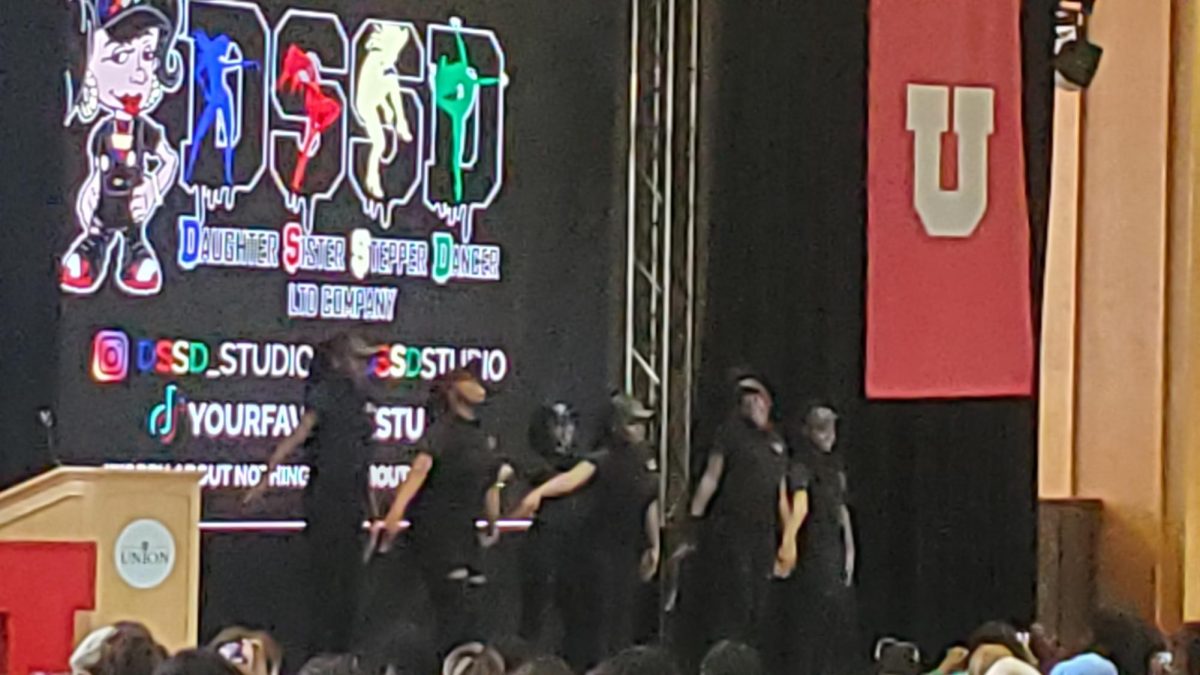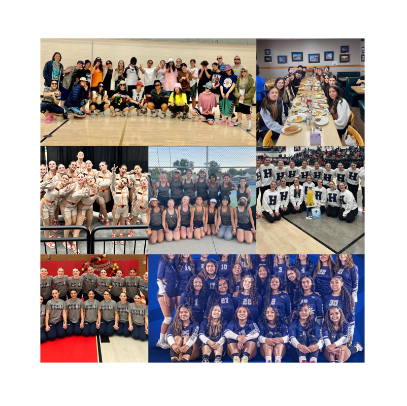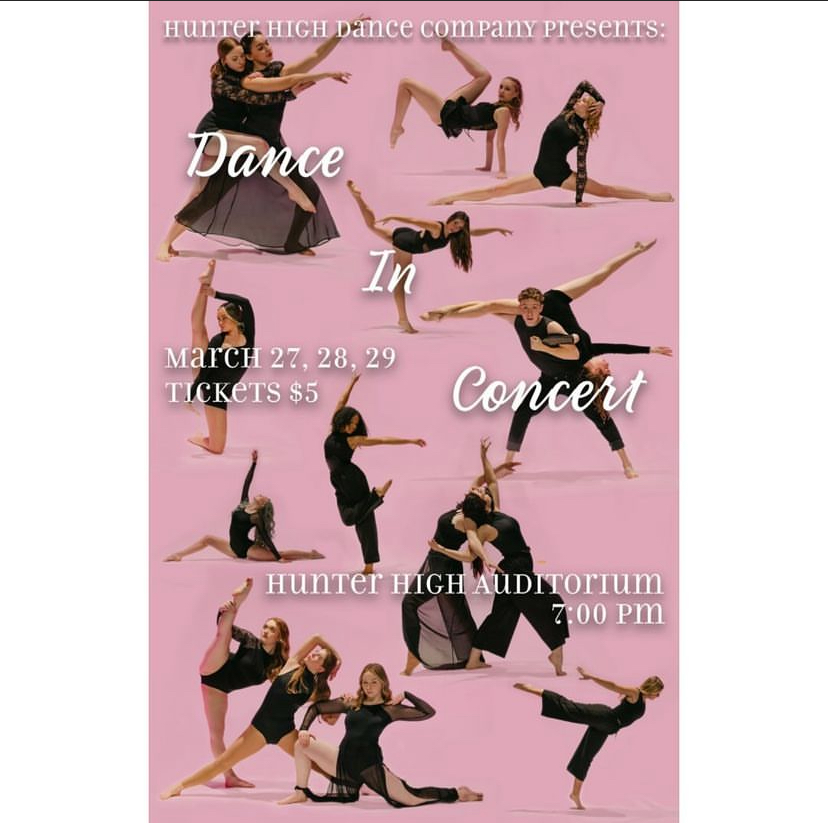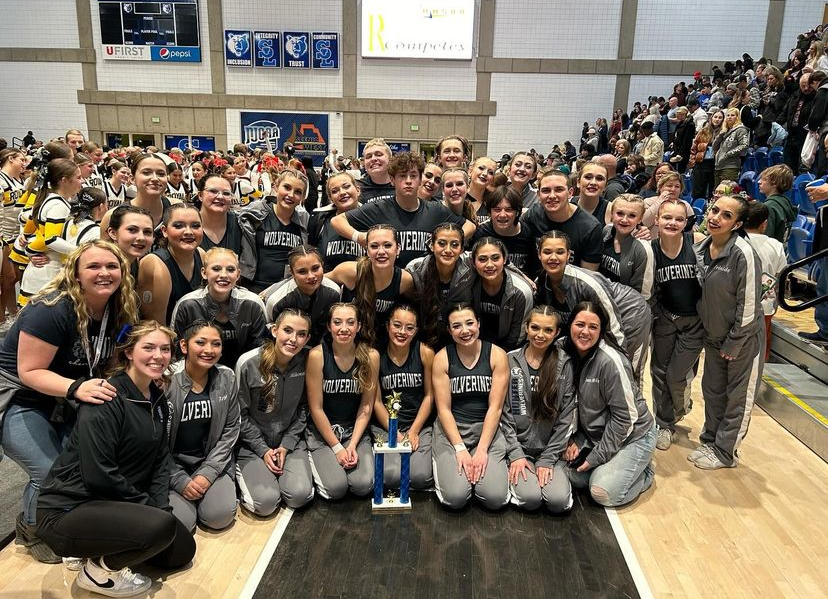Hello, and welcome to a calm rant on art. I have a column where I speak my mind on a subject important to me. This article is calmer. This one is just to talk about art, mainly dynamic poses.
Basically, animals are difficult to draw, but they’re so much fun. Personally, I think that dynamic poses are difficult, but great for practice. They can help with proportions, and help your art stand out. I’ve been drawing animals since I was little, and I’ve almost always only drawn the side view. I’ve recently been practicing my art using reference photos of cats. Cats are a lot like liquid. They’re easy to pose, and the more you focus on the more difficult poses, the easier it gets to draw them. I’ve been drawing a lot recently, and I’m proud of my progress in drawing cats.
When drawing cats, I like to focus on the shape of the body, specifically the paws. Paws are important when drawing cats. You have to get them right, and different positions can be more difficult than others. I like to focus on the paws and draw slightly rounded squares for each toe. The back of the leg is also a bit difficult. But, what’s hardest for me, is drawing the knee. Specifically when a cat is lying down. The knee is the first joint aside from where the leg connects to the rest of the body. This can be difficult to draw if you don’t have a good reference.
I love cats, and they’ve been one of my favorite things to draw since I was little. It took me about 10 years to even start drawing dynamic poses, and I’d say I’m getting pretty good at it, but there’s always room for improvement. Today, I drew my first hairless cat, which was fun, but a bit difficult because I’m used to drawing fur. It also meant I had to draw the neck, and paws differently. Especially the tail, because it doesn’t have fur. I’ve noticed that there are a lot of dynamic poses, for each type of cat, or how the cat is feeling.
Cats who are more defensive, or aggressive, have their back arched, and their tail fur puffed up, as well as the fur on their backs. They’ll have their nose scrunched up, and their eyes narrowed. Oftentimes, they’ll have their body turned to the side, while their head is facing whatever made them feel threatened. They don’t bear their teeth like dogs do. They often are growing, hissing, screaming, or spitting at the threat. Their ears aren’t pinned back, they’re flattened against the head. They often have all four paws on the ground, but they sometimes have one paw up, like they’re about to swipe at whatever the threat is.
Running cats are like slightly squiggly lines. They’re curved. They look a lot like tubes, you know those weird tubes you would crawl through in elementary school. It’s like those, but with legs, and a head. And a tail, but that’s kind of part of the squiggly line. Cats walking are fairly easy to draw. Draw the basic shapes, and then draw the legs. One front paw forward, one back paw forward. One front paw raised, one back paw moved back. The tail can be up, or down. The head usually stays lowered slightly.













